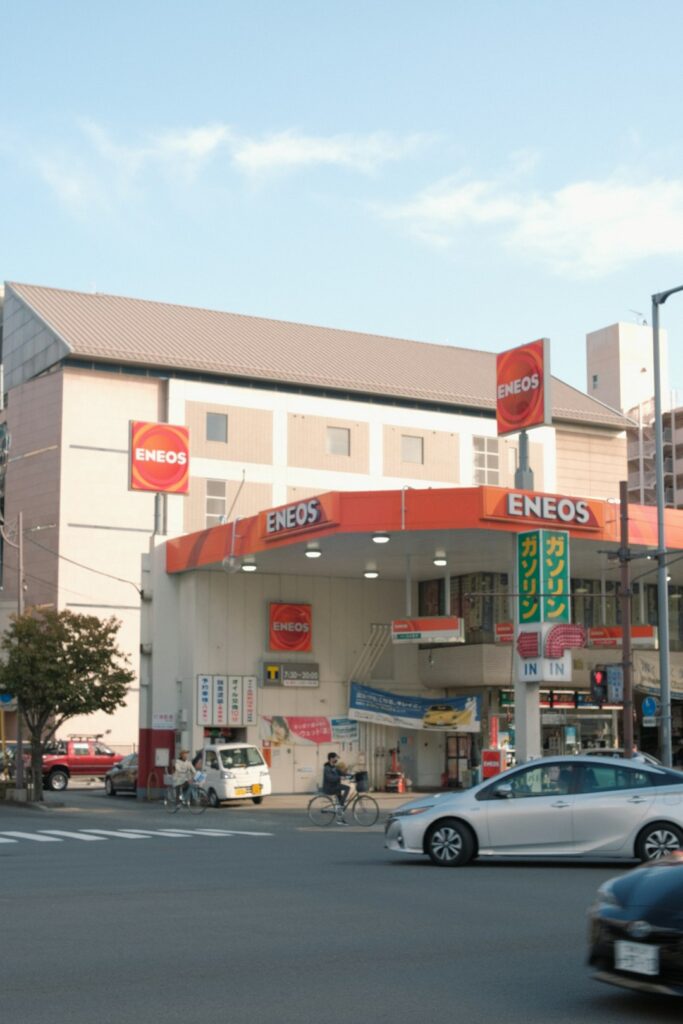Are you craving a taste of Japan beyond the ordinary? In 2025, a new culinary frontier is emerging: Neo-Yokocho—modern food alleys that seamlessly blend retro charm with contemporary flair. Once the realm of weathered nostalgia, Japan’s backstreet drinking districts have undergone a vibrant transformation, drawing in foodies, locals, and curious travelers alike. In this in-depth guide, discover what makes Neo-Yokocho the heartbeat of Japan’s evolving food scene, where to find them, and how to make the most of this delicious phenomenon.
What Is Neo-Yokocho? The Difference from Traditional Alleys and Why Neo-Yokocho Are in the Spotlight in 2025
The word “yokocho” (横丁) refers to the timeworn narrow alleys often lined with tiny izakaya, food stalls, and smoky bars—iconic for their Showa-era charm. Neo-Yokocho, however, are reinventing this tradition for the 21st century. Imagine vibrant, carefully curated spaces where local chefs experiment with classic recipes, established bars team up with microbreweries, and lively crowds mingle in both cozy corners and communal tables.
What distinguishes Neo-Yokocho from their predecessors? Besides their updated, stylish design, they emphasize diverse cuisine—from vegan ramen and craft gyoza to fusion tapas—alongside traditional favorites. As Japan recovers from the disruptions of the early 2020s, the Neo-Yokocho movement has flourished, addressing the twin desires for community connection and culinary adventure. For both Japanese millennials and international visitors, these new alleys have become the must-visit spots for socializing and savoring Japan’s dynamic food culture.
Tokyo and Osaka’s Hottest Neo-Yokocho: Local Atmosphere and Hidden Gems
Tokyo and Osaka lead the wave of Neo-Yokocho innovation, each city boasting a collection of ultra-trendy alleys attracting gourmets from all walks of life. In Tokyo’s Shibuya district, MIYASHITA PARK Yokocho stands out—a modern food alley located above a city park, combining hip interiors and panoramic urban views with a selection of international and regional street-food stalls.
Jump over to Shimokitazawa, and you’ll find Bonus Track, a playful corridor of independent eateries, microbreweries, and vintage spaces, where young entrepreneurs reinvent classic izakaya dishes with organic twists. Meanwhile, in Asakusa’s new yokocho, vendors proudly serve unique desserts like sake-infused parfaits and matcha craft beers, drawing praise from both Instagrammers and nostalgic locals.
Down in Osaka, Ura Namba Yokocho is buzzing. Here, the essence of Osaka’s “kuidaore” (eat till you drop) culture is honored with open-seating ramen stalls, standing sushi bars, and vibrant takoyaki corners. Neighborhood favorites feature creative oden hotpots, vegan kushikatsu, and rows of craft sake tapped from local distilleries. Reviews rave about the sociable atmosphere and the thrill of hopping between alleys, discovering unexpected flavor combinations.
Eating Your Way Through Neo-Yokocho: Local Ingredients, Retro-Modern Menus, and Craft Drinks
Neo-Yokocho are redefining Japanese street food with a passion for local sourcing and culinary innovation. Seasonal produce from regional farms often headline specialty menus. Don’t be surprised to find gyoza stuffed with Kyoto yuba and mountain vegetables, or slow-cooked wagyu stews paired with wasabi from Shizuoka.
The blending of the old and new is key—expect to see reinvented classics, such as tempura tacos or smoked miso izakaya burgers. Vegetarian and vegan options are more abundant than ever, reflecting both global trends and Japan’s own creative chefs. The drink scene is equally compelling; craft sake brewed in tiny batches, trendy yuzu cocktails, small-batch plum wines, and locally brewed beers ensure every visit is full of discovery.
Reviving Communities: Neo-Yokocho’s Role in Local Towns and Future Prospects
Neo-Yokocho aren’t just a Tokyo or Osaka phenomenon—they’re invigorating small towns and rural areas across Japan. Municipalities invest in transforming underused shopping streets into vibrant Neo-Yokocho, attracting young entrepreneurs and creative spirits back to their hometowns.
In places like Morioka and Matsue, new alleys celebrate local seafood, rice, and sake, hosting weekly community events and food festivals that bring residents and visitors together. This movement not only boosts local economies but rekindles a sense of community lost in decades of urban migration. As regional Neo-Yokocho multiply, we see the seeds of a more decentralized, resilient food culture in Japan—one that values both tradition and innovation.
Your Neo-Yokocho Survival Kit: Traveler Tips, Etiquette, and How to Discover Hidden Alleys
Ready to dive into Neo-Yokocho? Start early—many alleys come alive at dusk, and popular stalls can attract lines. Don’t hesitate to order at the counter or join a communal table; Neo-Yokocho are all about mingling and shared experiences. Respect local etiquette: greet stall staff with a friendly “Konbanwa”, limit phone use at the table, and always try a bite before seasoning dishes.
To find the best hidden spots, look for local tip boards, follow foodie influencers on social media, or ask bar hosts in nearby neighborhoods for recommendations. Venture beyond the main alleys and keep an eye out for neon lanterns, or the sound of laughter spilling onto side streets. Lastly, embrace the unexpected—switch up your drink order, ask about the day’s special, and make friends along the way.
From Tokyo’s buzzing cityscapes to rural revitalization projects, Neo-Yokocho are transforming how people eat, socialize, and experience Japan’s dazzling culinary culture. On your next trip, step off the main street—and discover why these new food alleys are Japan’s tastiest hidden treasure in 2025.







